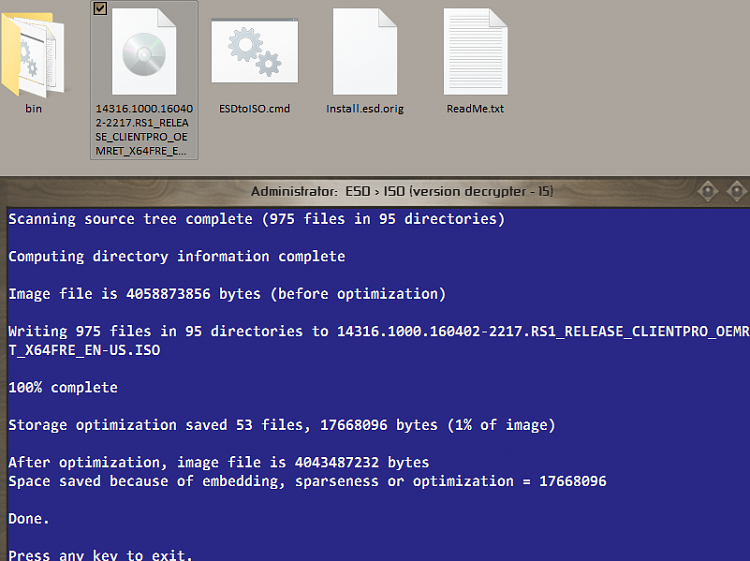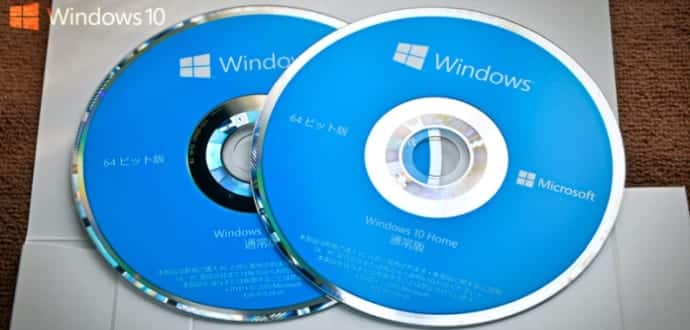

To make a bootable USB drive, you can download a Microsoft tool from the Create Windows Installation Media page. READ ALSO: How Much is a Windows 10 License?

If you don’t have a bootable disk, you can set it as the default. Once you’ve opened the program, click the “Change boot drive” button, and select the desired boot drive. This command opens the msconfig program, which shows you the installed storage devices for the operating system.

If you want to change the boot drive in Windows 10, you can change it from Settings -> Update & Security -> Run Command. A loose hard disk interface cable is another cause. During Windows Power On Self-Test, the BOOTMGR folder is missing. Most BOOTMGR files reside on the primary disk. This partition is normally labeled as “System Reserved” and does not get a drive letter. The BOOTMGR file is read-only, and it lives in the root directory of the active partition. The BOOTMGR file reads the boot configuration data and displays the operating system selection menu when the computer boots up. The Windows kernel uses the HAL dynamic-link library to abstract low-level hardware details and provide a common programming interface for devices of the same type.

The kernel runs code in privileged processor mode, giving it access to hardware and system data. These files are part of the Windows kernel, the core of the operating system. The Windows Boot Files store information about where Windows should be installed and other data needed to start the computer. How Do I Edit the Boot Menu in Windows 10?.What is the Windows 10 Boot File Called?.If you can’t find the Windows boot files in the “C” folder, you may be able to access them by using the Run command. To find them, you should first open the DiskPart utility at the command line. The full version of Windows 10 is located here. When you click on “Boot,” you will see this partition. The actual Windows operating system partition is the NVMe500. It also contains the BCD and EFI boot loader. This partition contains various repair and recovery tools and basic Windows runtime. The Boot Configuration Data is stored in the EFI partition. A clean install of the Windows OS creates two bootable partitions on the PC: the operating system partition, and a recovery partition for times when the operating system needs to be repaired. These are files that tell Windows where to look for boot information and how to prioritize and time multiple bootable partitions. If you’re having trouble starting up your PC, you may be wondering where the boot files are stored.


 0 kommentar(er)
0 kommentar(er)
